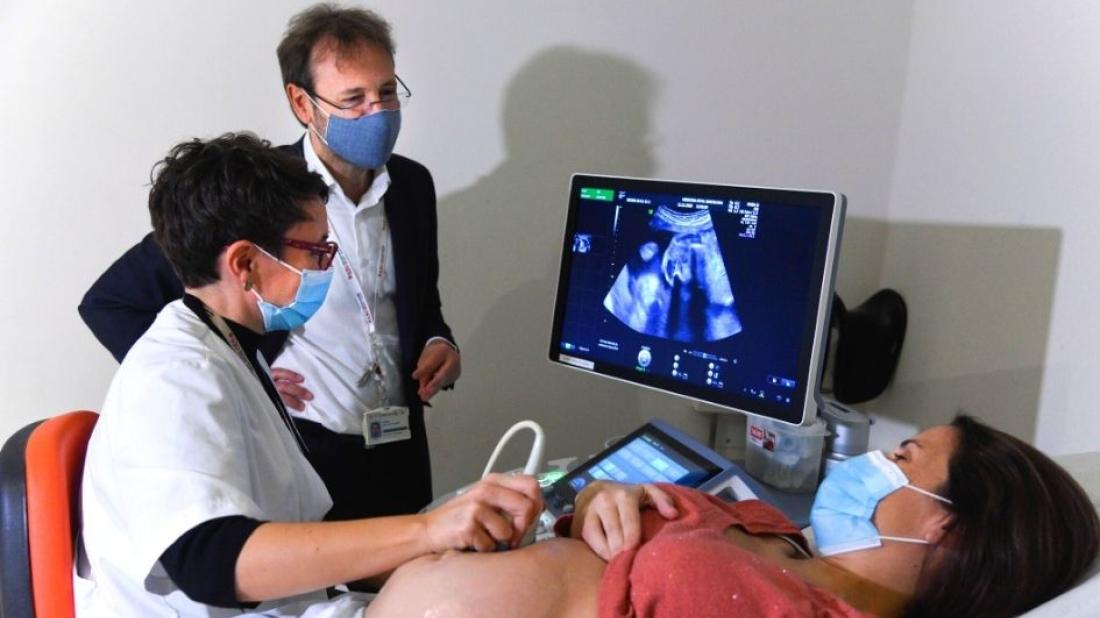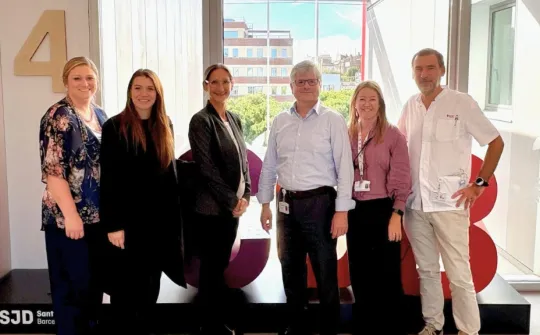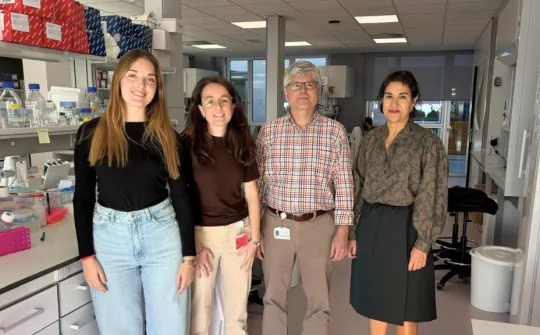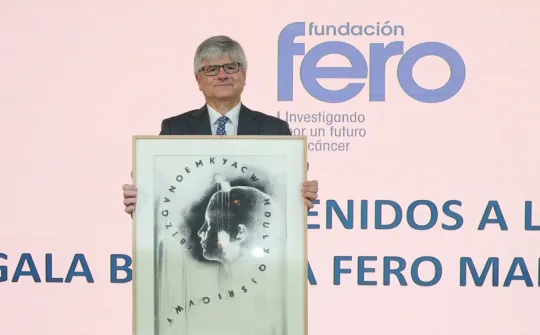
The device can keep the newborn in an environment similar to that of the maternal uterus, connected to an artificial umbilical cord, and reduce neurological sequelae.
The BCNatal team (SDJ Barcelona Children's Hospital - Hospital Clínic) has presented a project which is unique in Europe for constructing an artificial placenta. Their objective is to increase survival rates among extremely premature babies, minimising the serious neurological sequelae suffered by the majority of them, and improving their quality of life along with that of their families.
Although more than 90% of pregnancies are carried to term normally, fetal life is still one of the highest risk stages for humans. One of the principal problems that remain to be resolved is extreme prematurity (six months or less), which affects 25,000 families each year in Europe alone.
Despite major medical advances, significant recent studies in Sweden and the United States underscore that no clear improvements have been made over the last twenty years. Currently, the results could be improved, even in units of excellence, such as the Neonatology Department at SJD Barcelona Children's Hospital. In this centre, survival is between 26 and 70% if the gestational age at birth is between 23 and 26 weeks, and stands at 90% and 93% at 27 and 28 weeks, respectively. In the most severe cases of prematurity, up to 50% of survivors may have neurological sequelae (this is the case of babies born at 23 weeks), a figure that decreases the higher the gestational age.
This low survival is due to the fact that, prior to six months of pregnancy, the lungs, intestines, and brain of the fetus are poorly developed. In fact, an extremely premature infant is a fetus that needs to survive in a highly anti-natural environment. Weighing under one kilo, the infant has to deal with temperature changes, mechanical respiration, and feeding via a tube, which causes enormous stress to their nervous system, lungs, heart, intestines and kidneys, and which can lead to serious complications in childhood and adult life.
One of the most disruptive research projects that can be carried out today in fetal medicine
The idea of an artificial placenta is not new, first appearing more than 60 years ago, although its clinical application is only feasible due to the technical and scientific advances achieved in over the last decade.
The artificial placental project is a major medical and technological challenge, requiring cutting-edge research in many areas, as it entails the successful transportation of a fetus weighing between 500 and 1,000 grams from the mother's womb to an artificial bag where, surrounded by liquid, its umbilical cord must continue to receive oxygen and food.
According to Eduard Gratacós, Director of BCNatal (SJD - Hospital Clínic), "this is one of the most disruptive and unique research projects that can be conducted today in fetal medicine." Just having an experimental platform like the one that is going to be constructed will allow for parallel research projects of enormous importance aimed at understanding normal and abnormal fetal development. This will increase the ability to attract investment for R&D&I in Barcelona, Catalonia and Spain, and a new generation of techniques and procedures that will revolutionise current fetal medicine".
The challenge is to reproduce the conditions of the maternal placenta using biocompatible materials
In the artificial placenta, the neonate will be located in a physical liquid environment, as similar as possible to the mother's womb, in a soft container made with biocompatible materials, and protected from sound and light, although sounds similar to those heard in the mother's womb will be reproduced.
The fetus will be connected, through its umbilical cord, to an oxygenator specially developed and adapted for the fetus, which will provide it with the necessary amount of oxygen. Through this cord, the fetus will also receive nutrients, hormones and other substances that it receives from its mother or which are produced directly by the placenta, and which are essential for its proper development.
The baby will be continuously monitored, always in a non-invasive manner, by means of blood flow ultrasound, blood pressure and heart rate, but also through the use of microsensors in the amniotic fluid or umbilical cord.
The results obtained in the experiments will be integrated and evaluated by artificial intelligence in order to be able to make improvements to the system.
The BCNatal research group has already invested two years' of work in this project, during which the principal components of the placenta have already been developed. To carry out the initiative, dozens of professionals at the SJD Barcelona Children's Hospital and the Hospital Clínic will be collaborating. along with various technological centres in Barcelona, such as the Institut Químic de Sarrià (Chemical Institute of Sarrià - IQS) (biomaterials), the Universitat Politècnica de Catalunya (Polytechnic University of Catalonia-UPC) (robotics and artificial intelligence) and the Institute of Bioengineering of Catalonia (IBEC) (microsensors).
The project will also have several overseeing committees, with non-medical experts (in reproductive and bioethics rights, among others), and parents of premature infants.
The artificial placenta project is assessed internationally by a committee of experts that are governed by the most demanding standards for this type of initiative. The evaluators, of recognised international prestige, belong to five countries: Australia, Spain, Israel, Portugal and the United Kingdom. They agree on the excellence of the scientific strategy designed; the magnitude of the problem; the need for alternative solutions, such as the artificial placenta; and the importance of new ambitious projects to foster progress in this field. They also highlighted that BCNatal was one of the few world entities, and most probably the only one in Europe, with the ability to carry out a project of this calibre.
A unique and groundbreaking project in Europe that will be conducted in two phases
The BCNatal project (SJD - Hospital Clínic) is financed by the "la Caixa" Foundation. which will allocate close to 7 million euros in two phases over five years. The first phase focuses on development and experimental validation, using an ovine animal model, for its subsequent transfer to clinical practice if the success indicators are met. At the end of the first phase, a panel of experts will assess the progress made and decide whether the preparatory phase for clinical application should be started
In the second phase, the long-term effects on brain, heart, lung and metabolic development will be evaluated, and improvements will be made to the environment and nutrition in order to achieve the best system. Once these evaluations have been carried out, the steps for transferring the system to a clinical application will be initiated; these will include an assessment of all ethical aspects, and the incorporation of the opinions and experience of families who have had premature babies.
The artificial placenta is a great challenge due to its enormous difficulty. On the one hand, it requires a large critical mass, only possible in large hospitals that work in powerful biotechnological environments. These are projects that may require participation of more than 100 individuals and numerous experts in highly varied fields. On the other hand, it is an enormously expensive project, owing to which obtaining the necessary funding will be a very difficult task.
Currently, there are only three groups worldwide -in the United States, Australia and Japan - which have developed similar experimental models, with significant advances in recent years.



